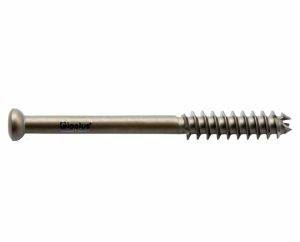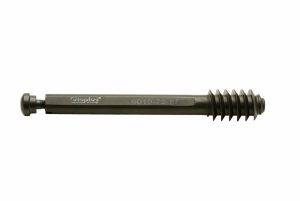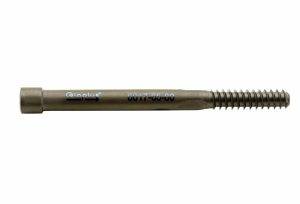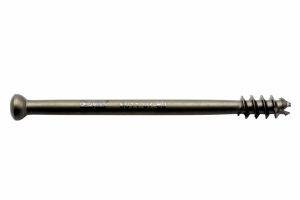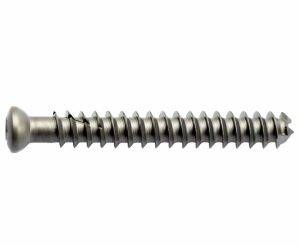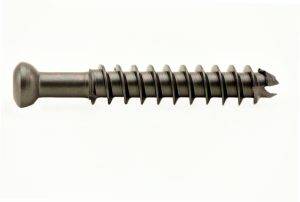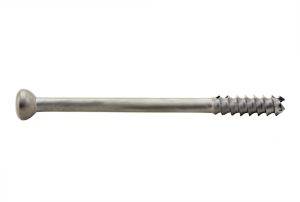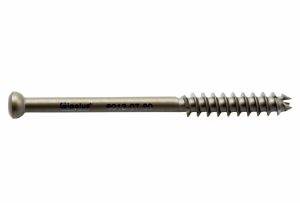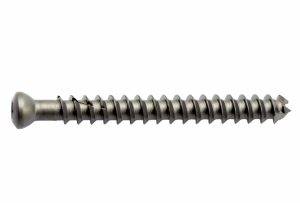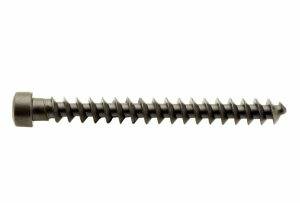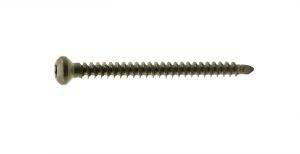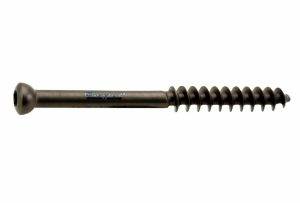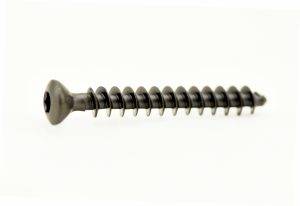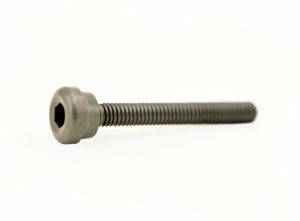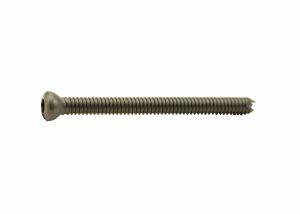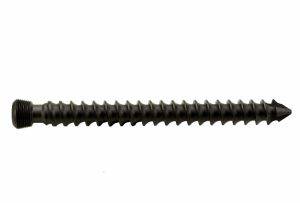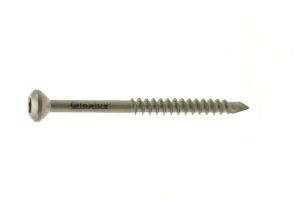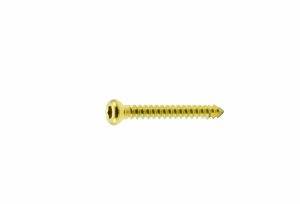Orthopedic Implants
Orthopedic Screws
Orthopedic screws are medical devices used to hold bones together during the healing process after a fracture or other injury. Orthopedic screws are a safe and effective way to treat a variety of bone injuries. They are often used in conjunction with other treatments, such as casting or bracing, to provide the best possible outcome for patients. These orthopedic implants can be used alone or in combination with other medical devices, such as plates or rods, to provide support and stability to the fractured bone for ensuring that bones heal properly and function as expected.
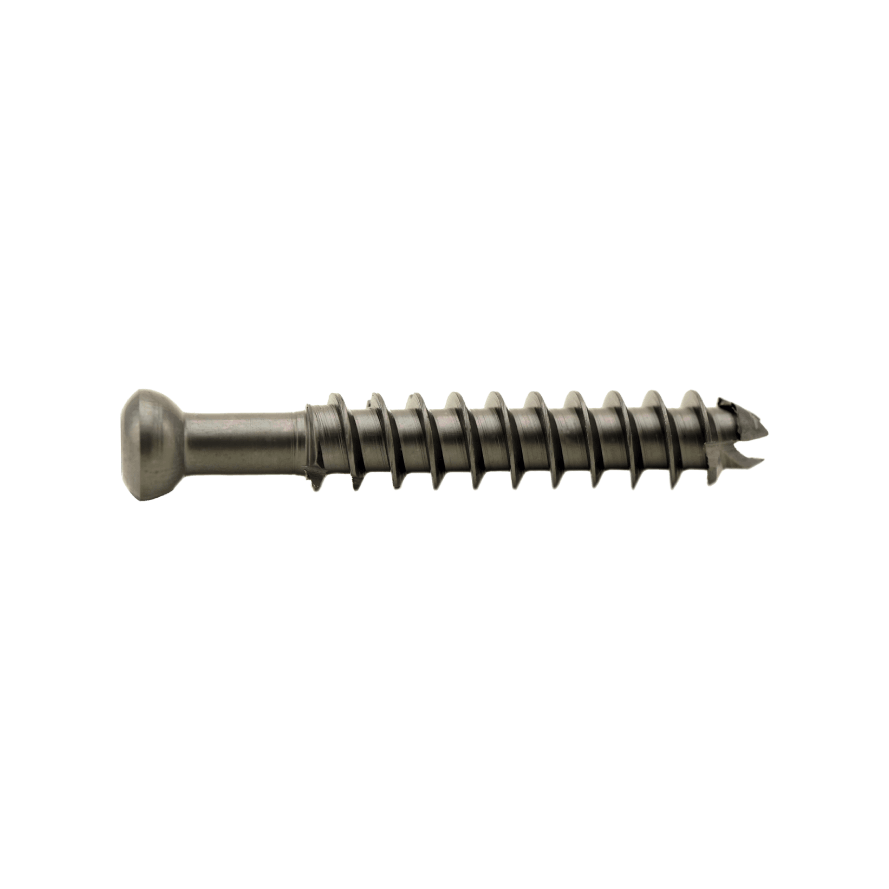
Frequently Asked Questions
They are typically made of stainless steel or titanium, and they come in a variety of shapes and sizes to accommodate different types of bones and injuries.
- Cortical screws: These screws have fine threads that are designed to grip the hard outer layer of bone. They are often used to stabilize fractures in long bones, such as the femur or tibia.
- Cancellous screws: These screws have coarser threads that are designed to grip the softer inner layer of bone. They are often used to stabilize fractures in small bones, such as the wrist or ankle.
- Lag screws: These screws have a smooth, unthreaded portion in the middle. They are used to create compression between two pieces of bone. This helps to promote healing and reduce the risk of re-injury.
- Cannulated screws: These screws have a hollow shaft. This allows surgeons to insert surgical instruments through the shaft, which can be helpful in complex procedures.
Orthopedic screws are typically removed when the bone has healed and is no longer in need of support. The exact timing of removal also varies depending on the type of injury and the location of the screws. In general, screws in long bones, such as the femur or tibia, are removed after 6-12 months. Screws in small bones, such as the wrist or ankle, may be removed sooner, after 3-6 months.
There are a few reasons why orthopedic screws may need to be removed. One reason is infection. If the screw becomes infected, it can lead to pain, swelling, and redness.
In some cases, the screw can cause pain even after the bone has healed. This is often due to the screw rubbing against the bone or soft tissue. In these cases, removing the screw can relieve the pain and improve function.
Finally, screws may be removed if they are no longer needed. For example, if a screw was placed to stabilize a fracture, but the fracture has healed without any problems, the screw may be removed.
Orthopedic screws can become loose and fail just like other other bone implants such as plates, nails etc. However, the risk of such an occurrence is quite remote if medical advice is diligently followed. The probability of this happening depends on a number of factors, including the type of screw, the location of the screw, and the patient’s bone health.
In general, cortical screws are less likely to become loose than cancellous screws. Cortical screws are designed to anchor into the hard outer layer of bone, while cancellous screws are designed to anchor into the softer inner layer of bone. The softer inner layer of bone is more likely to resorb (break down) over time, which can lead to a loose screw.
The location of the screw also plays a role in the probability of loosening. Screws in long bones, such as the femur or tibia, are less likely to become loose than screws in small bones, such as the wrist or ankle. This is because long bones have a thicker layer of cortical bone, which provides more support for the screw.
Finally, the patient’s bone health can also affect the probability of a screw becoming loose. Patients with poor bone health, such as those with osteoporosis, are more likely to experience bone resorption, which can lead to a loose screw.

